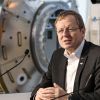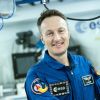Back to the moon
Humans are expected to land on the moon again in 2024. The European Space Agency (ESA) is playing a key role here.
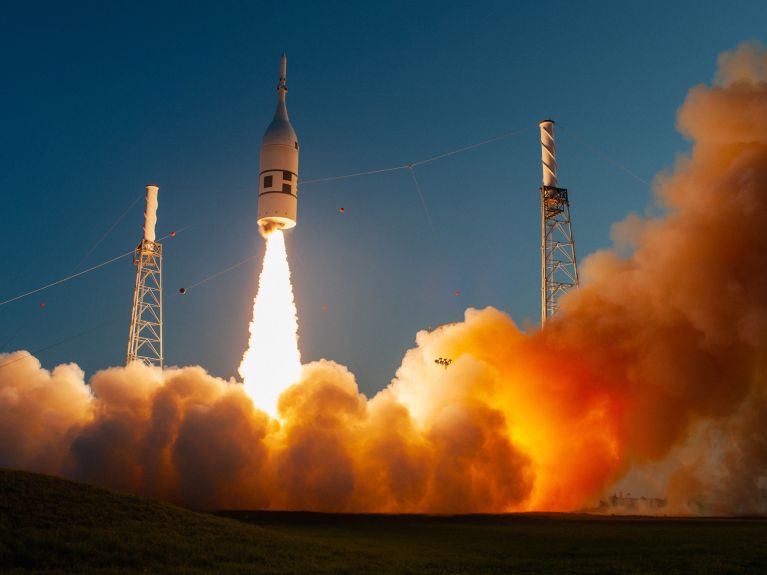
"One small step for a man, but one giant leap for mankind." It's been over 50 years since Neil Armstrong landed on the moon on 21 July 1969. He was the first of twelve US astronauts who set foot on the moon between 1969 and 1972. It has become quiet again on the Earth's moon since US astronaut Harrison H. Schmitt left it in 1972. This is mainly due to the high costs of a manned lunar mission. The US Apollo programme cost the USA over $20 billion. After 1972, the funds for the scientific exploration of the moon were radically reduced.
Dieses YouTube-Video kann in einem neuen Tab abgespielt werden
YouTube öffnenThird party content
We use YouTube to embed content that may collect data about your activity. Please review the details and accept the service to see this content.
Open consent formBuilding a space station in the moon's orbit
Now, however, the prospects seem to be brightening again. NASA is planning a new flight to the moon in 2024 with the Artemis programme. Its aim is to build a modular space station in the moon's orbit in order to study it scientifically from there. It could also later serve as a stopover for flights to Mars.
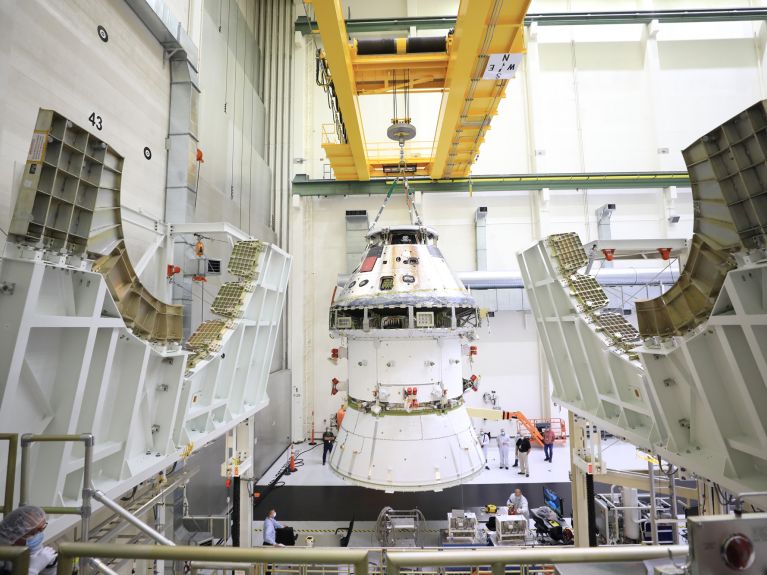
NASA is being supported in this by the European Space Agency (ESA). The ESA is contributing a European service module for the Orion spacecraft, which is to take the next astronauts to the moon. The module will supply the crew with water, oxygen, propulsion and electricity; it will also regulate the temperature and serve as a chassis.
Dieses YouTube-Video kann in einem neuen Tab abgespielt werden
YouTube öffnenThird party content
We use YouTube to embed content that may collect data about your activity. Please review the details and accept the service to see this content.
Open consent formKey technologies for the moon landing from Europe
"The European Service Module represents a crucial contribution to this, allowing scientific research, development of key technologies and international cooperation – inspiring missions that expand humankind’s presence beyond Low Earth Orbit," says David Parker, the ESA's Director of Human and Robotic Exploration.
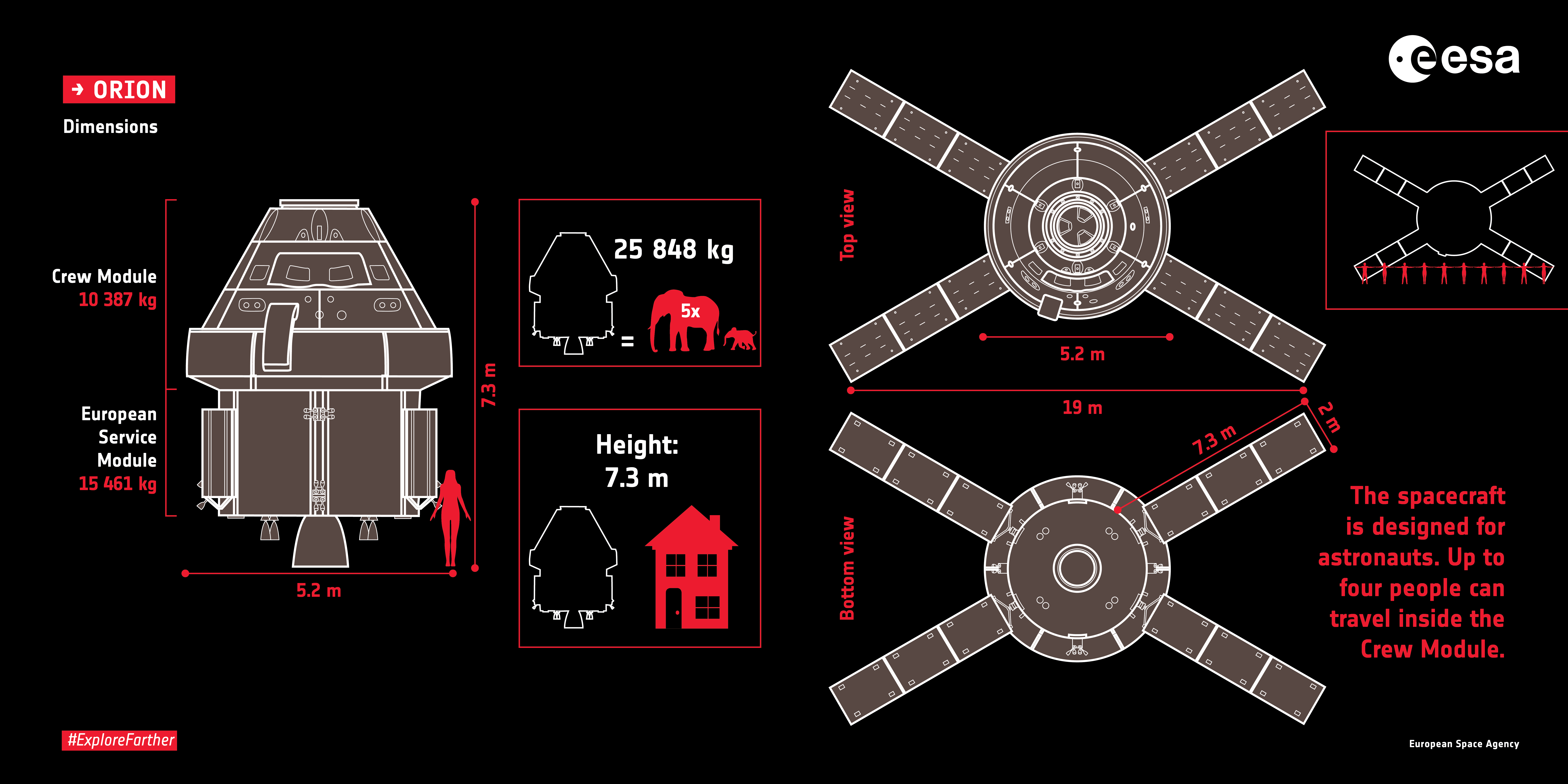
Each service module is made up of over 20,000 parts. They include four solar sails each with a 19-metre wingspan, which generate enough energy for two households in space, 8.6 tonnes of fuel for the main engine, and 32 small engines to make sure the craft holds its course to the moon and returns safely to Earth. At four metres high and four metres in diameter, the module occupies the first storey of the Orion rocket.
The first module will be used as early as 2021 on an unmanned NASA flight. A second module is currently being built by Airbus in Bremen.
You would like to receive regular information about Germany? Subscribe here:


